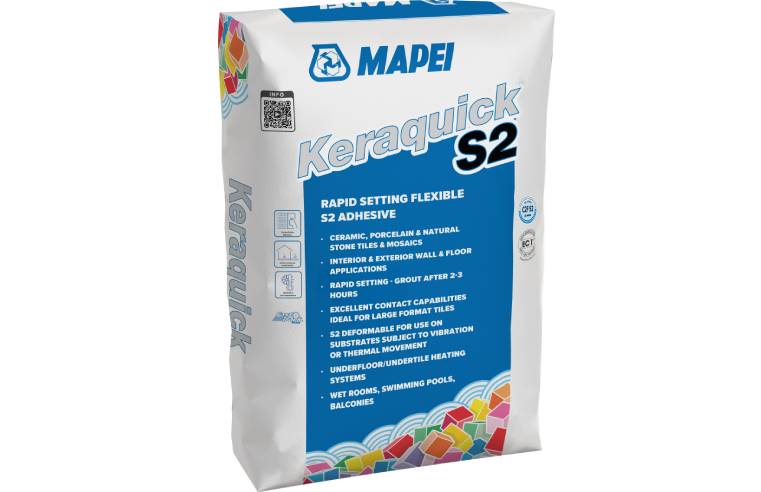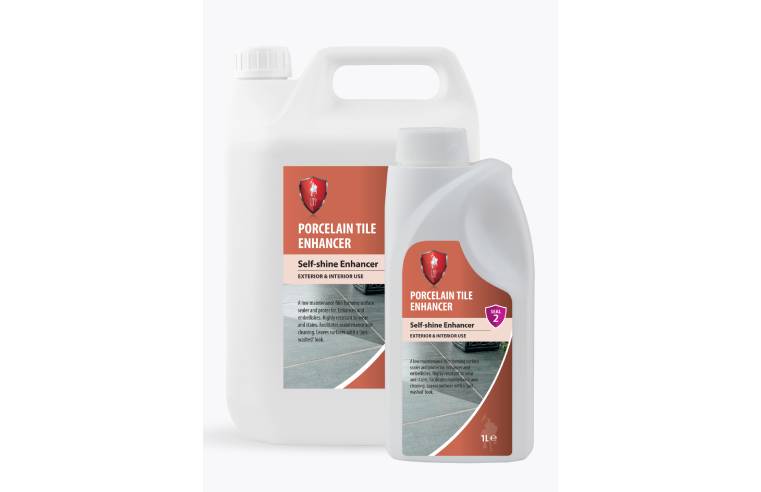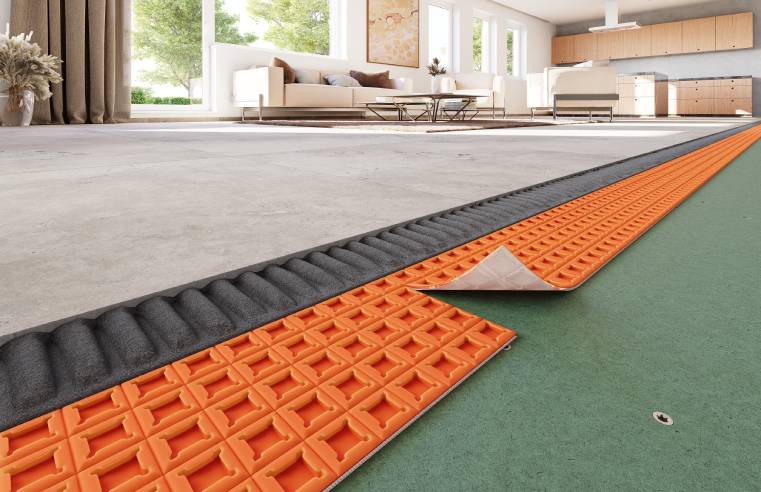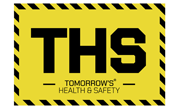Working on site you’re exposed to all manner of noises whether cutting tiles with angle grinders or other trades’ tools. Here, Hellberg Safety offers expert advice on selecting effective protection against hearing loss.
Noise is a major and continual problem both for our health and the environment. Noise pollution is with us all day, every day and, while more recent legislation has been enacted to regulate its effect on our environment, Health and Safety at Work regulations have been in place for some years to ensure safety and wellbeing in the workplace.
Noise-induced hearing loss is one of the most commonly reported physical diseases in the world – particularly in the workplace. It’s an accumulated disease that increases at every time of over-exposure to noise and the bad news is that hearing loss could be permanent.
The good news is that it is easy to avoid. But it’s crucial that employers and employees understand when and how protection from noise hazards can be provided and implemented.
By law employers have to assess and identify measures to eliminate or reduce risks from exposure to noise so that the hearing faculties of employees can be protected. In low-risk environments preventative actions can be relatively simple and inexpensive.
Where risks are high however, they have to be assessed and managed using control actions that include the provision of appropriate hearing protection equipment as well as information, training and health surveillance for employees. Employers are required to provide employees with properly maintained hearing protectors, ensure they use them properly and establish hearing protection zones where the use of hearing protection is compulsory.
According to EU noise directive 2003/10/EC, hearing protection must be used if the average noise level is 85 dB or higher, and it is recommended from an average level of 80 dB. At Hellberg Safety we recommend always reducing noise levels to a maximum of 75 dB simply because maintaining dB levels can be affected by a number of external factors.
If you are unsure of what the local noise level is, a useful rule of thumb is that if you need to raise your voice to be heard when you’re about three feet or so from someone else, the ambient noise level around you could be a risk to health.
Whatever a manufacturer’s product specification or protection level may be, the attenuation of noise provided by a pair of hearing protectors can decrease due to insufficient fitting, misuse and poor maintenance. Long hair, beards and glasses can affect the fit of the protector. Hence, the greater the effective noise abatement, the more your hearing is protected.
It is important to remember though, that too much attenuation can be dangerous too, for example if it stops you from hearing warning signals. That’s why it is really important to choose the correct hearing protection based on your needs and assessed risk levels.
Assess risk and protection together
Risk assessments for noise hazards can be obtained through a professional service – and they are important in ensuring proper health and safety responsibility – but it is a relatively straightforward process to identify the level of a risk based on available noise hazard indicators and then source a suitable product solution. For example, and as an indication of a noise level in relation to dB measurements, a fairly quiet conversation in an office may reach 60 dB, a vacuum cleaner up to 70 dB.
On the upward scale of noise, a food blender can reach 80 dB and a chainsaw 120 dB. To give an idea of the latter two’s risk to hearing, extended exposure to the noise of a food blender requires hearing protection, while exposure to the noise of even the most basic chainsaw can be potentially painful to your hearing without proper protection. Anything above that offers considerable potential for serious and permanent damage to hearing.
Choosing the right hearing protectors
Never assume that a basic pair of ear defenders will protect against high-risk noise. Always use hearing protection when exposed to harmful noise and if necessary, choose a protector adapted to your work environment such as a product with ‘level dependent hearing protection’.
To help select an appropriate hearing protection product, Hellberg has colour coded ear-piece bands which define the different protection levels.
Protection Level 1 – green – is designed for general industrial environments and an appropriate choice for low to medium dB noise levels and medium to high frequency noise (Hz). Protection Level 2 – yellow – provides the best protection for high frequency noise (Hz) and are appropriate for medium to high dB noise levels. For extremely high noise levels, Protection Level 3 products with the red band - are the only suitable choice.
It’s also important to consider the type of protection required – Passive or Electronic. Passive hearing protectors are self-contained ear defenders which block harmful sounds. They have no built-in electronics but provide excellent protection against loud and dangerous noise. Electronic Hearing Protectors have added technical functionality which facilitates wireless or Bluetooth communications and emergency signalling between workers.
So, choose hearing protection products that are appropriate for specific risk environments. Make sure products fit correctly and are comfortable during the entire hazard exposure time at work. You should even consider using them if you’re mowing the lawn or strimming at home – the noise hazard and its potential effect on your hearing is the same.
Make sure you ensure 100% wear time in noisy environments and remember, the use of eyewear can reduce the hearing protector’s attenuation of between 3-8 dB - if possible, select thin eyewear frames.
Finally, your health and wellbeing on site is of paramount importance, so choose your PPE products carefully, understand how they’re protecting your health and wellbeing and ensure they are used properly for maximum beneficial effect.
With that in mind check out the Hellberg Safety website where you’ll find all the information you need on choosing precisely the right kind of passive or active hearing protection for whatever you’re doing or wherever you’re working on site.



















